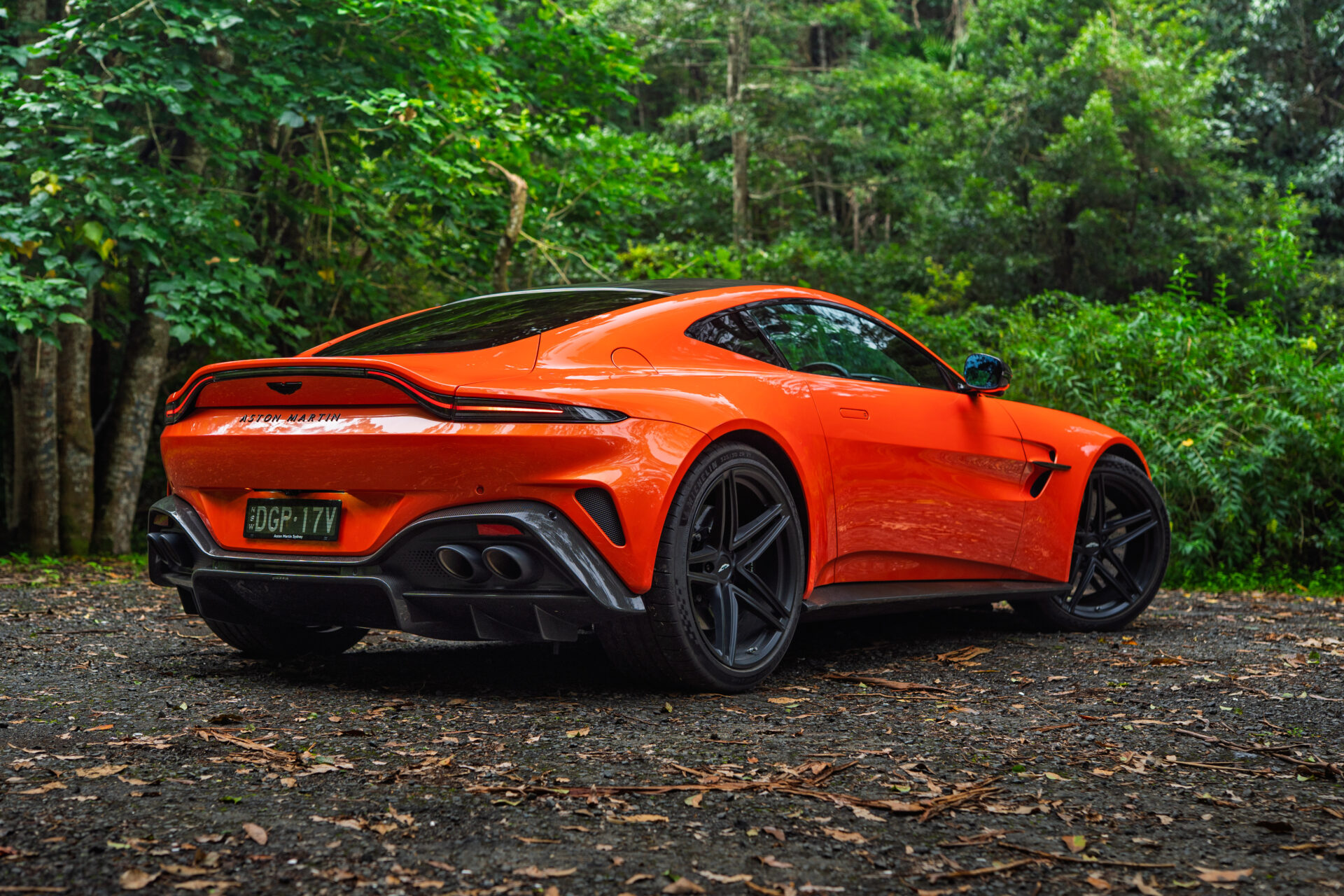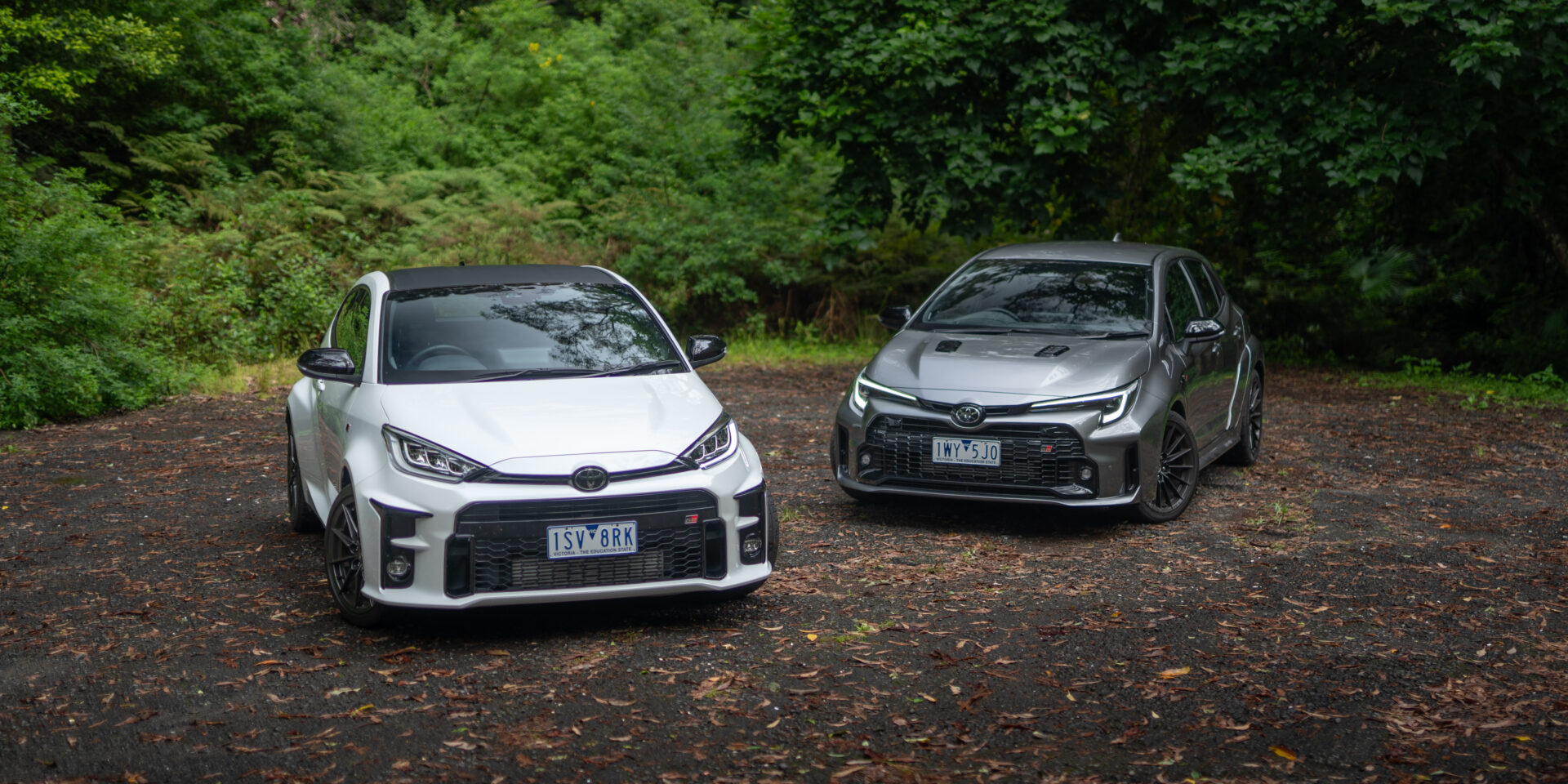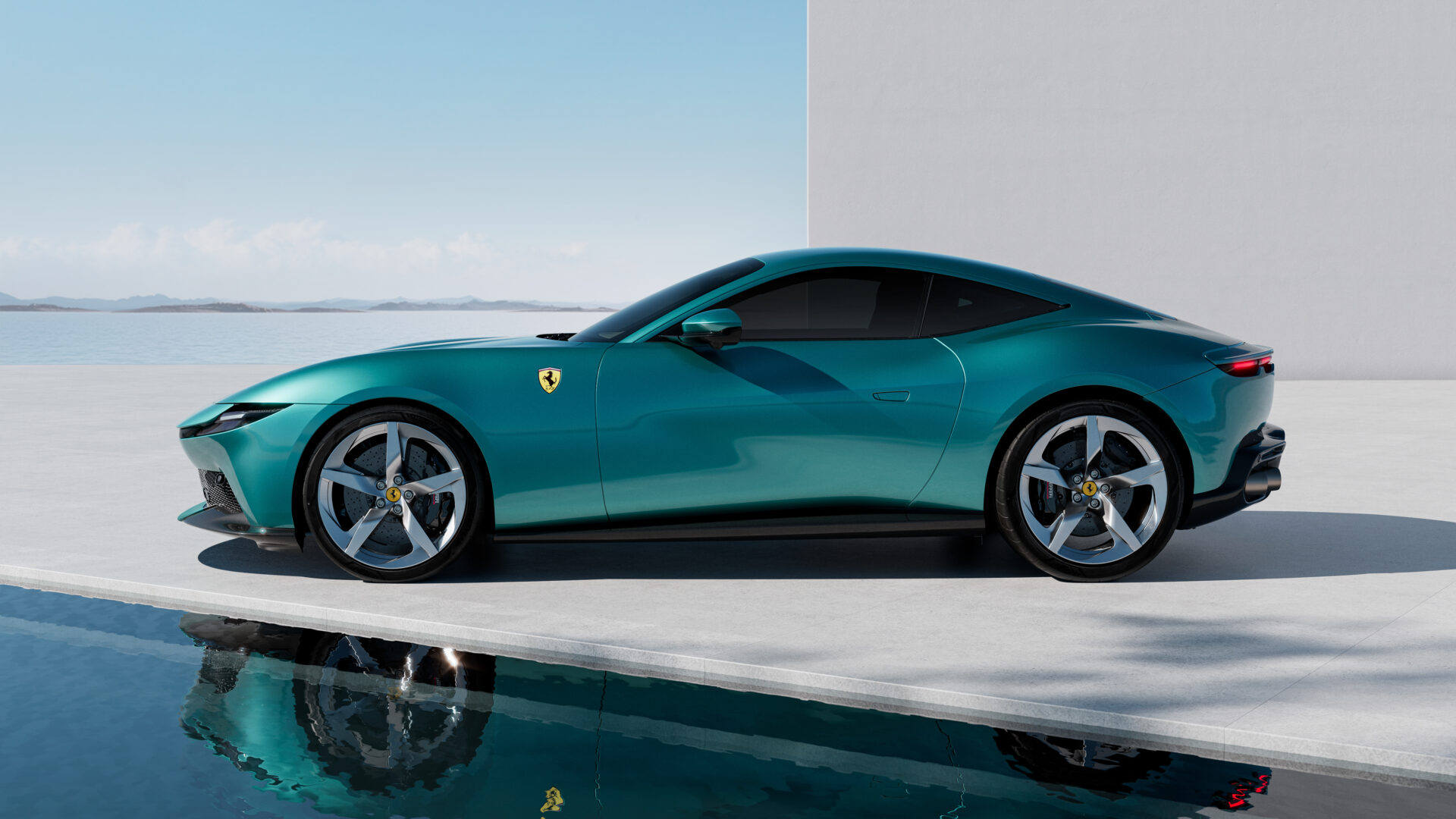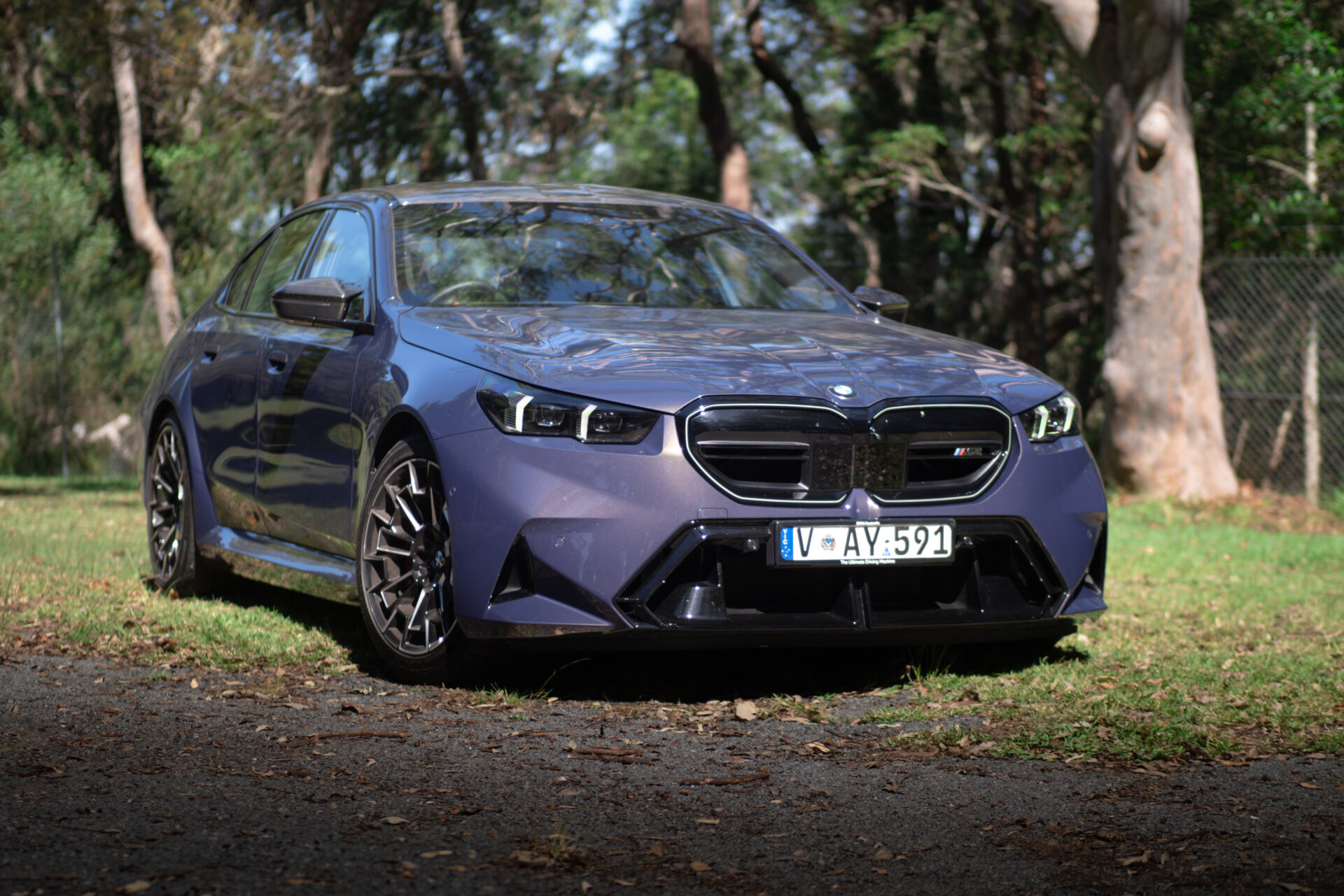You did what in what?
The haggard figure you see in that video is me nearing the end of two hard but incredibly rewarding days. I got a phone call during February asking if I would like to join the Tour section of the Mount Baw Baw Sprint round of the Australian Tarmac Rally Championship. My ever-patient wife said yes, and so did I. It was for a good cause – Drive Against Depression. How could I say no?
By the way, you can still donate to DAD – either directly (fine by me) or through the Gofundme I set up.
The Tour section of a tarmac rally is something I had never heard of until two years ago when I ran a BMW i8 for three days of Targa Tasmania.
Lexus Australia came on board with vehicles for rally officials – as well as for me. We’d initially talked about running the LC500 but then we hit upon an idea. I hadn’t yet had the chance to drive a GS F and was curious. Everyone who had driven one said it was amazing for such a big car, so why not?
Lexus GS F Drivetrain
The GS F is the closest thing you can get to the much-lamented IS F. It’s a much bigger car than the IS, far closer to BMW’s 5 Series than the 3 Series-sized IS.
What is the same is the approach as the IS – take a competent but boring, sometimes hybrid-powered executive sedan from Japan and stuff it full of Yamaha’s amazing 5.0-litre V8. That’s a pretty good start. In the GS F, you can call up 351kW (477PS) at 7100rpm, with 530Nm available between 4800 and 5600rpm.
Power goes to the rear wheels via an eight-speed auto and a torque vectoring rear diff. Lexus says the transmission talks to a G-sensor which tells the transmission to shift up, down or hold depending on conditions. You can also shift with the paddles.
Chassis

Lexus calls its chassis package VDIM – Vehicle Dynamics Integrated Management. That silly acronym takes in suspension, engine, transmission, traction and stability and steering settings.
You’ve got four engine/transmission/suspension modes to choose from – Eco, Comfort, Sport and Sport+. Let’s not worry about the first two, because I didn’t (they’re fine for tooling about and, er, saving a tiny amount of fuel).
A separate button marked TVD – Torque Vectoring Differential – is critical to the way the car handles. Three modes – Normal, Slalom and Race – offer three very different handling characteristics and as I discovered on the RC F, Slalom is hilarious.
Stopping power comes from a set of very attractive Brembos, with six-pot calipers at the front and four-pots at the rear. The big slotted discs look terrific behind the 19-inch alloys. The GS F I drove was the 10th Anniversary model, which meant the calipers were a lairy orange colour.
GS F – “Not a track car.”

So, uh, if you Google this car, there’s lots of “you would never track this car” or “The sports sedan you will never race.”
Get stuffed. Half the internet thinks its the greatest judge of handling prowess and what constitutes a track car. Some wallies will tell you it has to be a 911 GT3 or GTFO. You can take whatever you want to the track and what makes it fun is if you enjoy it. Yeah, you. Not what some jerk on the internet thinks and sometiems, that jerk might be me.
Tarmac rallying is kind of like taking a car to the track and I will put my hand up to thinking that the GS F was a bit of a boat to take this on. I had forgotten two things:
- Lexus’ F engineers are complete hoons.
- I mean, total hoons. Seriously.
Let’s find out how wrong I was about the rest of it.
Driving

I guess I was a little bit justified in thinking the GS F wasn’t the car for this. It’s nearly two tonnes (1865kg kerb weight) and was definitely two tonnes with me, a full tank of fuel and my co-driver on board.
The big advantage of the GS F on this even was that with so much headroom, the roof didn’t get in the way of my helmet. Very solid start. On the minus side, the seats are really wide – like, American-In-N-Out-every-day bum wide – so I was going to have to find a way to wedge myself in a bit.
I drove the car from Melbourne to Mt Baw, a three-hour odyssey made longer by my terrible navigation skills and a short detour to look at something shiny. The GS F was amazingly comfortable – quiet, composed and with very little tyre noise, it made the journey very pleasant. The sound system is great, as they are on all Lexuses.
Because I’m an idiot, I didn’t fill up where I should have, so took the GS F straight up. The traffic thinned out, and I was on roads I kind of knew. They’re good ones. Turns out, the last 30-odd km (20 miles) were the competitive stages.
The next day on the stages, the GS F revealed itself to me. While I started off fairly tamely, the car came to me very quickly. The V8 is so strong and a keen revver, the sound amplified in the cabin by the stereo. The only thing holding the car back was the traction control and my lack of experience. The way the GS F piles on speed had my co-driver – a keen motorbiker – telling me if felt super-fast.
I was worried about the brakes but not once did I feel like they were going to give out. The stages, particularly the ones closer to the mountain, are tight and twisty, with a lot of braking from 100km/h-plus speeds. I’m not a hard braker – I prefer smooth, early braking – but sometimes a corner needed a bit more and it was always there.
The suspension coped beautifully with a road that was not built for this – and that’s the point of tarmac rallying. Patchwork roads, depressions, high crowns, big cambers, hairpins, water on the road, it was all coming at me. The GS F never once felt out of its depth.
The steering. Oh, the steering.

The biggest surprise was the way this thing can turn in. The torque vectoring diff makes a huge difference in the corners, the front of the car diving into corners unerringly and sometimes unnervingly. The enthusiasm the GS F has for corners is mind-blowing.
While the wheel itself isn’t chock-full of feel, the weighting was perfect and I knew all I need to know about what was going on under the Michelin Pilot 4Ses. Those tyres were massively grippy and copped an absolute pounding but completely failed to fall apart. Once warm they stuck to the road like an Australian politician clings to a bad idea.
The GS F’s resistance to understeer only began to fail as I grew more confident, so that was clearly the car’s fault *cough*. For such a big beast, its limits are extraordinarily high. Composed, fast and glorious to listen to, I would drive this thing in a tarmac rally again in a heartbeat. We understood each other and it let me build up to a point where I was going comfortably quicker than when I first started. It also helped that a very good friend jumped in on Sunday morning and told me what I was doing wrong.
The transmission
Eight-speed automatics aren’t your obvious go-to for a rally car, but like ZF’s excellent eight-speed, this thing can shift (sorry). Well, it does most of the time.
The city/motorway stuff, it was close to perfect as expected. And really, for most of the time it was being hammered, it was also perfect. Unfortunately, there was a thing it did that, in this case didn’t matter too much, but it did it.
Foot flat in second gear, it would occasionally just run into the limiter and keep doing it. That was kind of silly and annoying but a gentle lift on the throttle would remind the box to change up. It ignore the paddles when that was happening. Luckily, the redline in second was
The paddles were good to use but didn’t really work for me in the heat of a stage so I just let the transmission do its own thing. And you know what? That’s the best way.
The G-sensor does its job. Hammer the brake pedal and the first chance it gets, the gearbox grabs a lower gear and blips the throttle so you don’t get a fright. It became uncannily good at getting it right and let me get on with the job of going fast.
Redline Recommendation
Both on road and rally stage, the GS F is brilliant. We’ve come to expect this kind of breadth of ability from BMW M, but the GS F was unexpected. It gained the nickname, “That bloody big Lexus” – it stayed with machinery built specifically for tarmac rallying, monstering all before it. What’s more – and what’s amazing – is how kind it was to me.
Tarmac rallying is tiring work but the GS F looked after me – kept me cool and fresh as we hared through the Australian bush, whooping and laughing as I went.
Consider the GS F. It’s a belter. Solid recommend.





Leave a Reply